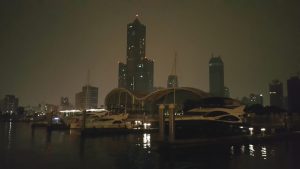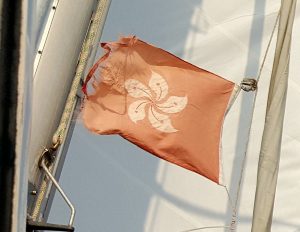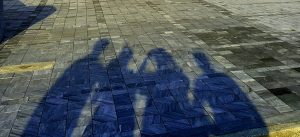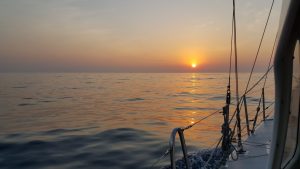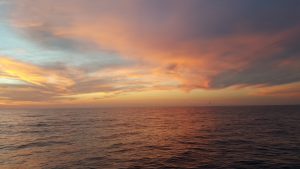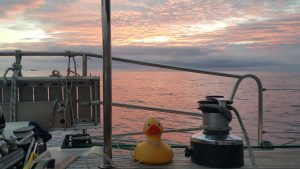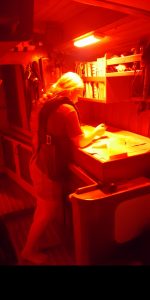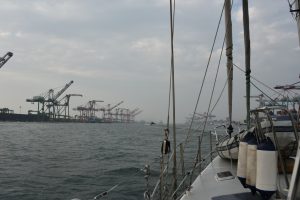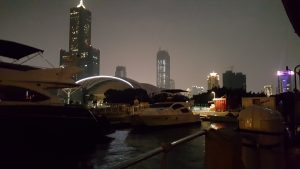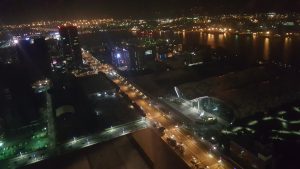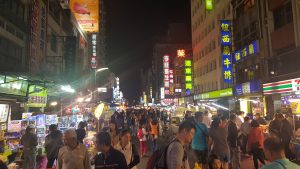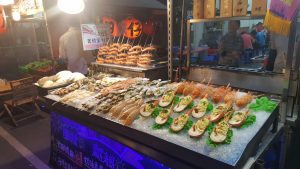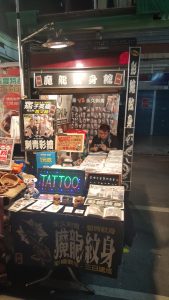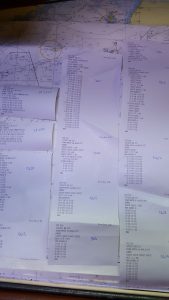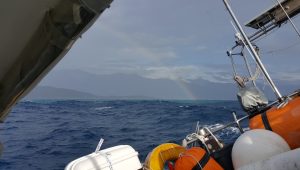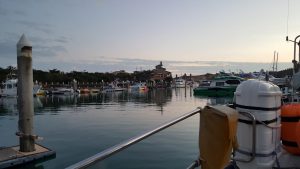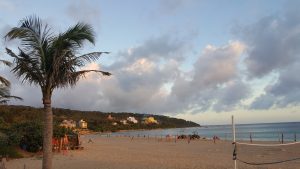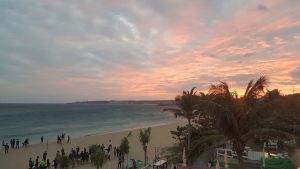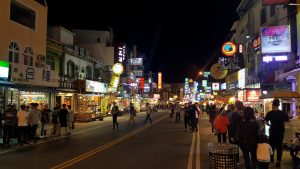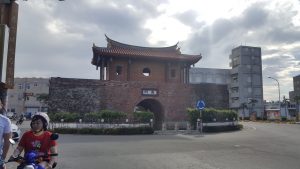It is with a lot of relief that we can reveal that we finally found a semi-decent weather window to sail from Taiwan to Hong Kong, and safely arrived back in Hong Kong on Monday. The weather was rather vicious at the start of our last leg, with waves over 3 metres, and although it was forecast to calm down a few hours after we departed, those conditions actually lasted for the first 26 hours of our journey. At one point, we had closed off the windward side of the cockpit with a canvas curtain to keep the cockpit dry, but the unsuspecting Mr Finn got a soaking on the leeward side of the boat when a large wave crashed over the cockpit roof and poured down on him; it scared the living daylights out of me and Lil Sis sitting on the windward side too, but at least we stayed mostly dry. We made fantastic progress though, and our average speed for the whole journey was around 7 knots (fantastic for a heavy displacement steel boat), most of the speed being gained during the first 26 hours when we were at best doing close to 9 knots. We were really pleased to see that we would be arriving in Hong Kong much sooner than we had calculated, because we knew that there was bad weather forecast also for the end of the leg.
Our emotions right now, sitting once again in our own berth in Hong Kong, are indescribable. We are feeling a huge mix of feelings, so the only definite thing that can really be said is that the emotions are high! It is definitely bitter-sweet to be back: on the one hand, we are super-elated that we made it back to Hong Kong and concluded a sailing trip that has in many ways been years in the making. On the other hand, we naturally also would not want to see the trip end. There is a tiny feeling of purposelessness, and I think it will take us weeks to stop looking at wind and wave forecasts. There is also a huge feeling of gratitude for so many things; the fact that we safely made all those passages, that we have had the opportunity to do this as a family unit, that we have learnt so many new things about sailing, other ways of life and last but not least about ourselves, and also that we have met so many kind and friendly people along the way that it feels like our worldview has been changed for the better during these months away.
People have been asking us to talk about the practicalities of extended sailing (thus my most recent post about nighttime sailing) and there would for sure be many topics to cover such as health precautions, crew safety at sea, storm preparation, communications, and even just going through the everyday challenges of living on a boat (e.g. have you ever thought about the fact that we can’t flush down toilet paper, or what cooking is like when the boat is rolling from side to side…?). I may or may not still continue to write about some of these aspects of our journey – to be honest, I don’t know right now if I will have the time to write, and it may even feel too nostalgic to do so since our adventure has now come to an end.
In any case, to those still out there fulfilling their sailing dream, the Floating Finns wish fair winds and following seas. To all those dreaming of sailing – or dreaming of anything out of the ordinary really – we say go for it! We only have one life, so if you have a dream, what better time to fulfill it than now? This often used quote, attributed to Mark Twain, sums it up much better than I ever could and it is relevant not only to sailors but, metaphorically, to all of us:
“Twenty years from now you will be more disappointed by the things you didn’t do than by the ones you did do. So throw off the bowlines. Sail away from the safe harbor. Catch the trade winds in your sails.
Explore. Dream. Discover.”
